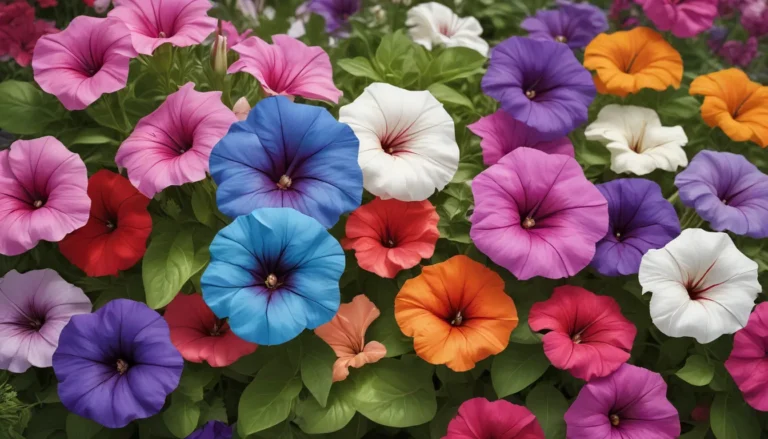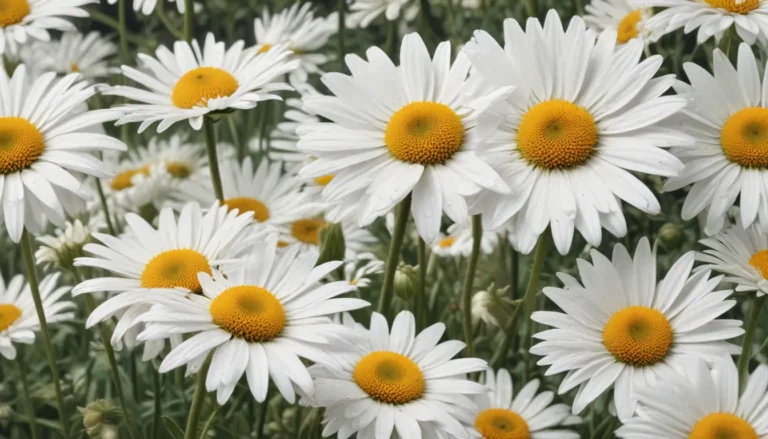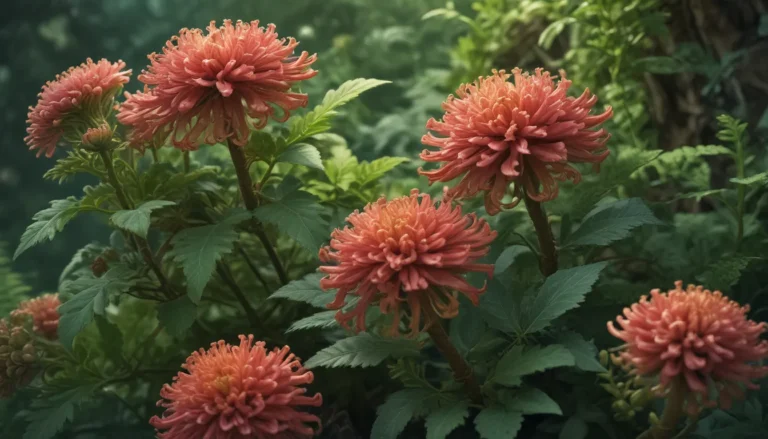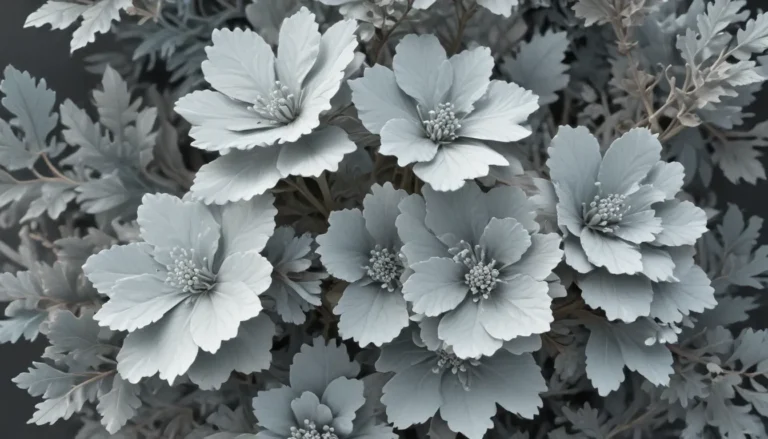The pictures we use in our articles might not show exactly what the words say. We choose these pictures to make you interested in reading more. The pictures work together with the words but don’t take their place. The words still tell you the important facts.
Trilliums are a captivating group of flowering plants that enthrall plant enthusiasts and nature lovers with their distinctive three-petaled flowers and lush green foliage. Originating from various parts of the world, including North America, Europe, and Asia, these plants are not only beautiful but also hold medicinal properties and ecological significance.
Exploring the Enchantment of Trillium
Let's embark on a journey into the enchanting world of trilliums and unearth 14 captivating facts about these unique plants. From their intricate reproductive strategies to their role in forest ecosystems, there is so much to discover and appreciate about trilliums. Join us as we unravel the secrets and wonders of this mesmerizing plant genus.
The Beauty of Trillium Blooms
Trillium is a stunning wildflower that graces forests and meadows with vibrant colors during the spring. With its three-petaled flowers showcasing hues of white, pink, and deep red, trilliums are a sought-after sight for nature enthusiasts.
Trillium’s Home in North America
Native to North America, trillium can be found in various regions, from woodlands to mountain slopes. Playing a vital role in attracting pollinators like bees and butterflies, trillium is an essential part of the ecosystem.
Uncovering Symbolic Meanings of Trillium
In many cultures, trillium symbolizes purity, rebirth, and spiritual growth. The plant's three petals are often associated with mind, body, and spirit, making it a significant symbol in spiritual practices around the world.
The Patient Growth of Trillium
Trillium is a slow-growing perennial, taking several years to reach maturity. It can take three to seven years from seed germination for trillium to produce its first flower, adding a sense of mystery and allure to the plant.
Myrmecochory: Trillium’s Unique Propagation Method
Trillium employs an intriguing propagation method called myrmecochory, where it attracts ants to spread its seeds. By producing elaiosomes on its seeds, trillium entices ants to carry the seeds to their nests, aiding in dispersal.
Trillium and the Lily Family
Belonging to the family Melanthiaceae, also known as the lily family, trillium is in good company with other notable plants like lilies, Solomon's seal, and false hellebore.
Protecting Endangered Trillium Species
Some species of trillium are endangered or protected in certain regions due to overharvesting and habitat loss. It is crucial to respect and conserve trillium in its natural habitat to ensure its survival.
The Edible Side of Trillium
Certain parts of trillium plants, such as young shoots and roots, are edible and have been utilized in traditional cuisines by indigenous communities. It is essential to seek guidance from experts before consuming wild plants sustainably.
Trillium’s Foul Odor and Insect Attraction
Some trillium species emit a foul odor resembling rotting meat to attract flies and carrion beetles, which serve as pollinators for the plant. This unique method of attracting insects is vital for trillium's reproduction.
Medicinal Properties of Trillium
Trillium has been used in traditional practices to address various ailments like menstrual difficulties, gastrointestinal issues, and respiratory conditions. Consulting healthcare professionals before using medicinal plants is crucial for safety.
Thriving in Diverse Soil Conditions
Trillium showcases adaptability to different soil types, including sandy, loamy, or clay soils, as long as they are well-drained. This flexibility allows trillium to flourish in various habitats.
Conservation Efforts for Trillium Protection
Several states in the United States have designated trillium as a protected plant, emphasizing the importance of conserving this beautiful wildflower. It is illegal to uproot or collect trillium without proper permits in these areas.
Nurturing the Delicate Trillium
Trillium thrives in shaded areas with dappled sunlight and moist, well-drained soil. Disturbing the plant or its roots can disrupt its growth and survival, highlighting the need for careful cultivation practices.
Cultivating Trillium: A Gardener’s Delight
Trillium's unique beauty and symbolism have made it a favorite among gardeners and plant enthusiasts. Cultivating trillium in shaded garden beds or woodland gardens adds an enchanting display to any landscape.
Embracing the Enchantment of Trillium
In conclusion, trilliums are truly captivating plants that allure us with their unique qualities and remarkable life cycles. From their symbolic meanings to their ecological importance, trilliums continue to fascinate botanists and nature enthusiasts alike. Whether encountered in the wild or cultivated in gardens, trilliums bring a touch of enchantment to any setting, inviting us to appreciate their beauty and learn more about their captivating traits.
FAQs: Exploring Further
- Are trilliums endangered?
-
Yes, some species of trilliums are endangered due to habitat loss and over-harvesting. Protecting these plants is essential for their survival.
-
Can I grow trilliums in my garden?
-
Yes, trilliums can be grown in gardens, but careful attention to their specific requirements for soil moisture, shade, and temperature is necessary.
-
How long do trillium flowers last?
-
Trillium flowers typically last for one to two weeks before fading. The plants continue to thrive and produce foliage until going dormant in late summer or fall.
-
Are trilliums only found in North America?
-
While many trillium species are native to North America, they can also be found in parts of Asia and Europe.
-
Are trilliums easy to propagate?
-
Trilliums are not easy to propagate, primarily reproducing through underground rhizomes that take years to mature and produce new plants.
-
Are trillium plants toxic?
- Trillium plants contain toxic compounds, especially in their roots. Handling trilliums with caution and avoiding ingestion is crucial for safety.
In the realm of nature's wonders, trillium stands out as a marvel that never ceases to enchant with its beauty and intriguing characteristics. Whether encountered in the wild or in garden settings, trilliums captivate all who appreciate their unique traits. Delve deeper into the world of trillium to uncover more fascinating facts about its life cycle, growth patterns, and cultural significance. Let your curiosity lead you on a journey of discovery through the enchanting realm of this cherished wildflower.






